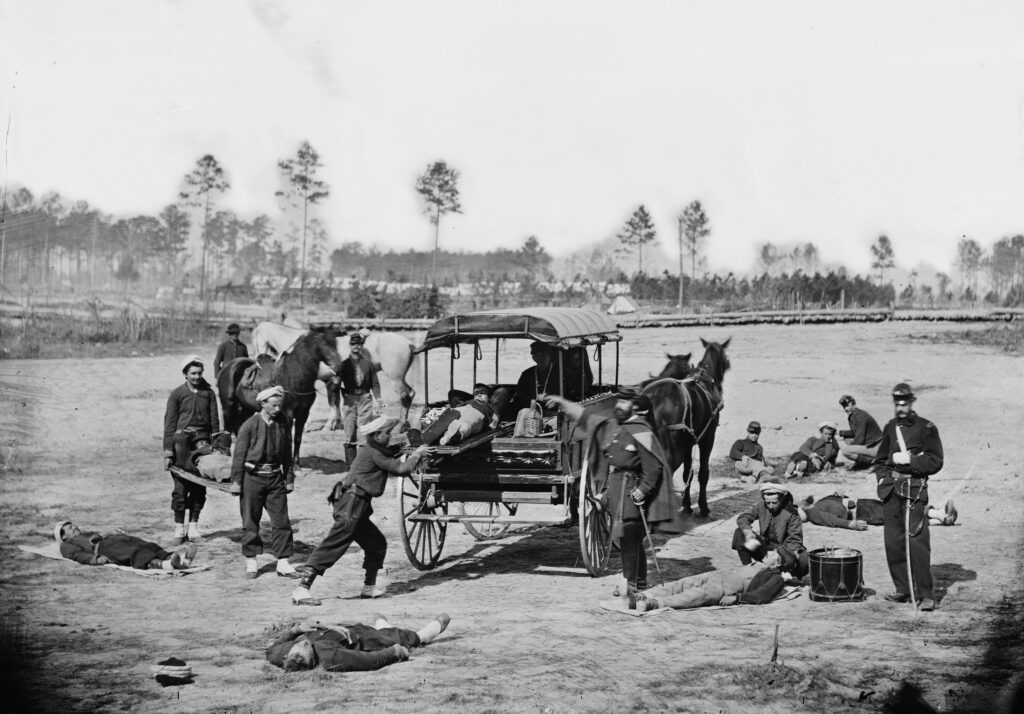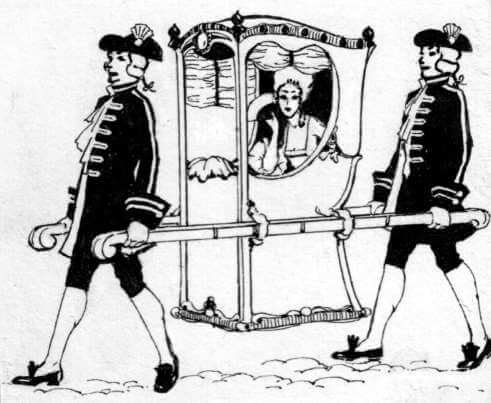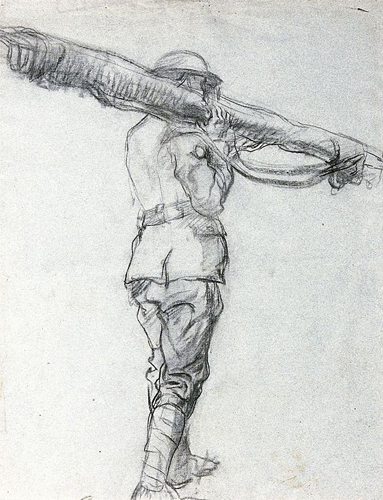The evolution of patient transport – from hammock to epishuttle
“Emergency room on wheels” as some may say, patient transport vehicles as we know them today have come a long way since the first representation of one. Throughout history, Ill patients’ choice was mostly limited to a simple hammock or to a chair carried on two wooden beams, depending on the observed century. A big Innovation at the time was a four-wheel carriage dragged by a few horses – an equivalent of a modern-day ambulance vehicle.
The evolution of patient transport did not come over night. It took many years and ideas to come to this stage where we are now. But regardless of the first simple and crude designs and lack of key functionalities, all the vehicles had one core purpose – a transfer of ill patients to a place for care and treatment, just like today.
Except today, patient transport implies the possibility of fast and safe transport while care and treatment can be performed onsite and even in the air.
See here how to safely transport infectious patients.
The first patient transport system
The first evidence of a patient transport was, surprisingly – a forced one. Those with psychiatric problems or leprosy were forcedly transported in a hammock-based cart made by Anglo Saxons around 400 AD. Making them the first known nation in human history to use the first representation of today’s ambulance vehicle.
Patient transport on the battlefield
Looking into more recent history, the first prototype of a ground ambulance most likely appeared in the 6th century under the Byzantine Emperor Mauritius. In a time of war, he was the first of many emperors who deployed squads of horsemen to convoy wounded soldiers from the battlefield to the surgeon’s tent. Interestingly, every brought back soldier had a price; one saved soldier – one gold coin.
This was the first recorded medical transport “system” that united all three essential ideas of an ambulance:
- Rescuing people immediately after injury,
- Using specially designed vehicles for transport, and
- Transferring injured to the place of care.
Byzantine medical transport methods were not as known to the rest of the world. While Mauritius and his heirs used “horse ambulances”, in the rest of the world a simple stretcher and a cart were good enough to bring the wounded back to the treatment area. Be it a tent, an aid station or a distant monastery.

A push by infectious diseases
In most cases, early prototypes of ambulances were tied to battlefields and carrying the soldiers away. Taking great care of her wounded, Spanish queen Isabella introduced ambulancia – hospital tens that could be built anywhere on the land. Sometime around 1476. The queen realized the need for more effective transport therefore authorized the development of special bedded wagons to carry the wounded to ambulancias for treatment.
Surprisingly, many years after, there was no substantial improvement to the carrying wagons, neither war wagons or civil ones. Wars have ravaged the lands, illnesses swept entire villages, but no nation thought about investing in the development of such vehicle.
By the early 1600s, the ill were carried home by whatever was available at the time – a wheelbarrow or a sedan chair. At the time, the only patient transport in hospitals included discharging patients rather than admitting them. There were more concerns about fast discharge rather than fast reception.
The means of transport were scarce or even non-existing in some regions of the world. It took forever to work on improvements and nothing noteworthy happened with regards to transport vehicles until the outbreak of the bubonic plague in London in 1665. To stop the spread and isolate the victims as quickly as possible, the London municipality hired sedan chairs to carry the ill to a hospital or home. This system is well-known as Great Britain’s first attempt at an organized ambulance service.

First civilian ambulance
It was the 18th century that marked the first civilian ambulances and the first among them was a full-time hospital-based transport service. A small state between Poland and the former Austrian-Hungarian empire developed hospital-based stretcher-bearers. Similarly, in Edinburgh, they used sedan chairs (sometimes called street chairs) to carry patients to the hospital. Not so far away, in London the original hospital ambulance service debuted in the newspapers as a “chair and horse in case of accidents” in northwest London. As the name suggests, this vehicle was most likely a sedan chair attached to a horse.
From the 16th century throughout the years, the ambulance services were just common carriers drafted into hospital service. They were never an extension of the hospital or means of delivering care or treatment. At least not until Napoleonic surgeon appeared.

Appearance of a modern patient transport system
Dominique-Jean Larrey, a Frenchman who gave the world the ambulance as we know it today. Stricken by the number of his men left to fate on the battlefield, he proposed to his general to use innovative “flying ambulances” – surgeons sent to the field in light transport wagons to provide first-aid to the wounded. He developed two types of transport carriages: a two-wheeled model for level terrain and a four-wheeled version for uneven ground. With his innovations, Napoleon himself described the surgeon as “the worthiest man he ever met”.
Back in the day when Cholera hit Great Britain, Manchester was the first of many who used public funds to purchase a special van for cholera victims to be transported to a hospital. That was the first systematic ambulance civil services, while the rest of Britain’s hospitals implemented a similar system not until 30 years later.
“Invalid carriage” was the name of the vehicle made by Britons represents Europe’s first modern road ambulance with the possibility to load the patient while lying flat on the bed. The back opened on hidden hinges while the bed was rolled inside by rollers built into the floor of the cab. There was even a side door allowing the attendant to sit inside with the patient. This carriage represented the first civilian ambulance in Europe that incorporated all the key points of a modern ambulance service:
- Scientifically based for the convenience of the ill
- Configured to allowed medical attendance in transit,
- Operation integrated with a hospital.
Bearing in mind the ambulance services so far were only used to transport contagious patients, the first debut of city-wide ambulance service providing universal medical attention to all in need was uniquely American innovation during the Civil War.
Innovation in patient transport systems
In today’s modern time, one cannot even imagine not being transported when needed. Be it with an ambulance vehicle, a taxi, or an air ambulance. Big advancements in technology allowed substantial innovations in patient transport. Looking at present-day ambulance vehicles it is obvious that they were made for emergency procedures. They are equipped with lifesaving technology and paramedics trained to provide onsite care and treatments. Safe and fast transport is possible even in the case of a highly infectious patient. When cholera or Ebola hotspots appeared in the past, there were no specially designed medical units like EpiShuttle. The patient could infect everyone around him and most likely could not even get to a hospital for treatment.
Today’s innovations in patient transport are without a doubt – lifesaving innovations. EpiGuard plays a big role in patient transport developing one of the safest options for the transport of infected patients – the EpiShuttle. Designed by industry experts, the single-patient isolation unit is a huge breakthrough in medical transport technology with one sole purpose – safe patient transport.
Have any questions?
DISCLAIMER: The medical device information is provided for general informational and educational purposes only and is not a substitute for professional advice. Accordingly, before taking any actions based upon such information, we encourage you to consult with the appropriate professionals. The use or reliance of any information contained on the site is solely at your own risk. The EpiShuttle does not protect against all types of CBRN occurrences. Accordingly please consult with medical professionals before usage.